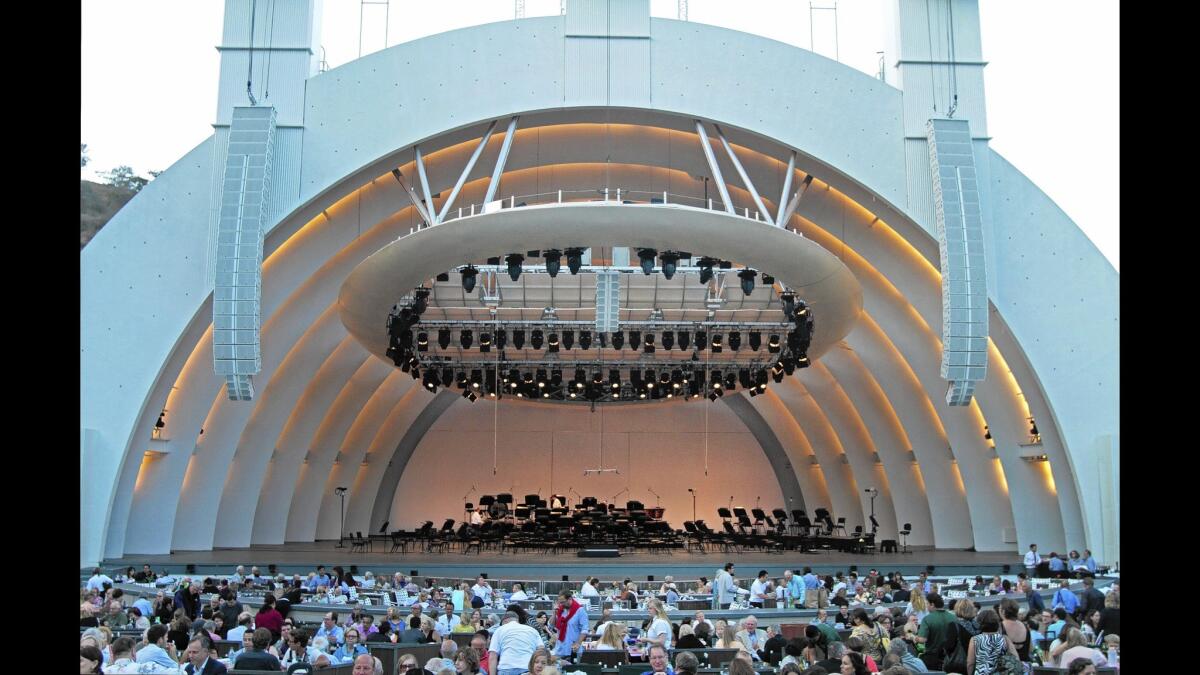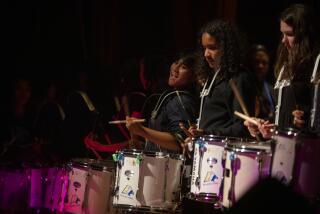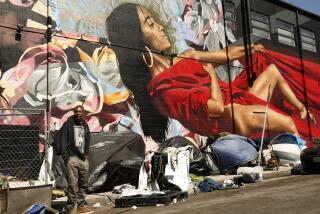Arts funding on the November ballot

This year, election day in Los Angeles County will be about arts funding as well as politics.
Among the decisions voters will face on the Nov. 4 ballot is whether to absorb $23 in annual per-parcel property taxes over the next 30 years for improvements to parks and cultural facilities within them as well as recreational facilities, beaches and wildlife areas.
If the required two-thirds supermajority says yes, the county would have $53 million each year to spend for all those purposes combined. In L.A. County, most of the key publicly owned or funded arts venues are in county, municipal or state parks, all of which would be eligible for the funding.
If the ballot measure passes, it would bring $1.6 billion in all; based on experience, the arts would get a modest slice of that pie, but it would still add up to tens of millions of dollars for building, renovating and maintaining museums and performance venues.
The proposition was placed on the ballot by a recent 3-2 vote of the county Board of Supervisors, with Michael Antonovich and Mark Ridley-Thomas casting “nays.”
The proposition would extend an existing tax rather than add a new one. In 1992 and 1996, voters OKd increases that over 26 years totaled $1.4 billion, adjusting for inflation. It has meant $54 million a year (inflation adjusted) for the earmarked purposes.
A partial survey of the yield for the arts and culture includes an array of significant projects totaling at least $63.6 million.
By far the biggest beneficiary has been the Hollywood Bowl — $43.5 million, according to Supervisor Zev Yaroslavsky, whose district includes the Bowl.
The money has gone toward features both hidden and visually and aurally striking — $25.5 million to update infrastructure such as electrical systems and plumbing and $18 million toward replacing the Bowl’s landmark Art Deco orchestra shell with the bigger, acoustically improved new one that’s been in use since 2004.
Also benefiting from the Proposition A funds:
— The California Science Center, which received $8.4 million to help build its Ecosystems wing and refurbish other exhibits.
— The Los Angeles County Museum of Art and the Natural History Museum of Los Angeles County, which received $5 million each. LACMA built an outdoor amphitheater and terrace, renovated a sculpture garden and did landscaping — including improvements on the grounds of its Hancock Park neighbor, the Page Museum/La Brea Tar Pits.
— The Natural History Museum’s allocation was to gird its original 1913 “Rotunda” building in Exposition Park against earthquakes, part of a much larger renovation project funded mainly with private donations.
— The California African American Museum was granted $1 million toward an as-yet unbuilt expansion in Exposition Park, and the downtown La Plaza de Cultura y Artes received $733,000 for tree planting and landscaping.
An additional $500,000 was recently allocated to the Music Center as operator of Grand Park, but it’s to install a playground, which some intrepid actors, dancers or musicians will perhaps one day manage to turn into an ad-hoc performance space.
However, all those goodies were far more easily come by, electorally, than the ones that will be voted on in November. The 1992 and 1996 Proposition A funding needed only a simple majority of the vote to pass, Yaroslavsky said, because the money wasn’t characterized as a tax but rather as an assessment that would increase property values.
But the 1996 balloting also included a proposition pushed by the Howard Jarvis Taxpayers Assn. to change the state Constitution so that all such levies would be labeled taxes. It succeeded, and the two-thirds requirement that applies to all tax measures now prevails.
The 1992 and 1996 funding propositions passed with 64% and 65% of the vote, respectively — meaning that both would have been shot down by inches under today’s rules.
“It’s not going to be easy,” Yaroslavsky acknowledged. But he thinks there’s a chance because parks, recreation and culture together have a broad constituency, and the measure’s backers will be able to point out that a yes vote would mean continuing a tax that property owners have been used to paying for the last 20 years rather than imposing a new one.
Supporters also can point to results, enumerating what the public has gotten for its money. The striking band shell at the Bowl, the graceful dome atop the Natural History Museum and the well-received, admission-free Ecosystems wing at the Science Center could become grist for electioneering.
“What’s different about this measure from a lot of others is that people have seen what a small investment like this can do, and they like it,” said Yaroslavsky, who’ll leave office after the November election because of term limits. “This keeps it going, and without it there will be a hit to these kinds of investments.”
The ballot proposal’s official name is the Safe Neighborhood Parks, Youth/Senior Recreation, Beaches /Wildlife Protection Measure.
More to Read
The biggest entertainment stories
Get our big stories about Hollywood, film, television, music, arts, culture and more right in your inbox as soon as they publish.
You may occasionally receive promotional content from the Los Angeles Times.







